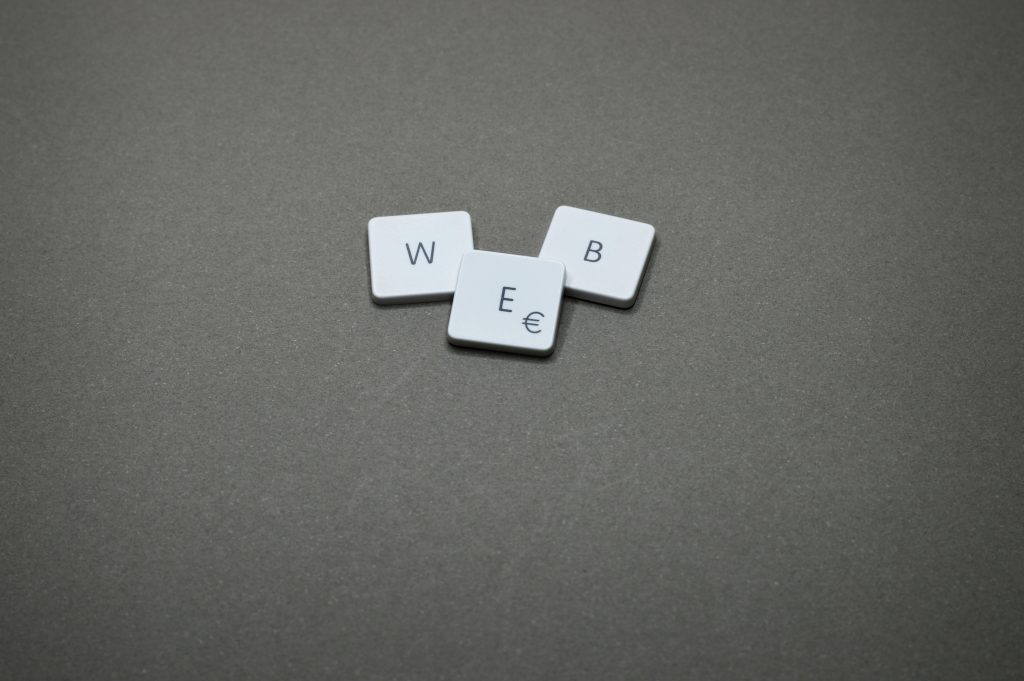
The internet as we know it is undergoing a big shift. The next phase of internet evolution is Web3, and it promises to transform how we interact online. The principal value it brings is empowering users with greater control, privacy, and other digital opportunities.
But what exactly is Web3, and why is it generating so much buzz? In this article, I will be answering these and some.
What is Web3?
Web3 refers to the decentralized version of the internet, built on blockchain technology. Unlike Web2, which is dominated by centralized platforms and corporations, Web3 aims to create an internet where users own their data, users participate in governance, and engage in trustless interactions without intermediaries. A trustless system means that the participants involved do not need to know or trust each other or a third party for the system to function. It’s a vision of the internet where power is distributed rather than concentrated.
Key technologies driving Web3 include
Blockchain: A decentralized ledger system that records transactions transparently and securely.
Cryptocurrency: Digital currencies like Ethereum and Bitcoin that enable peer-to-peer transactions and incentivize network participation.
Smart Contracts: Self-executing contracts with the terms directly written into code.
Decentralized Applications (DApps): Applications that run on blockchain networks, offering transparency and resistance to censorship.
Core Principles of Web3
Decentralization: Data and applications are distributed across networks rather than stored in centralized servers.
Ownership: Users have control over their data, digital assets, and online identities.
Transparency: Blockchain technology ensures open and verifiable records of transactions and activities.
Inclusivity: Web3 aims to provide access and opportunities for everyone, regardless of geography or socioeconomic status.
How Web3 is Changing the Digital Economy
Perhaps the most significant impact of Web 3 is in finance. Web3 is transforming the digital economy by enabling financial independence through decentralized finance (DeFi) platforms. These platforms allow users to lend, borrow, and trade assets directly without the need for banks or brokers. By cutting out traditional intermediaries, DeFi reduces costs and provides greater control over personal finances, democratizing access to financial services and enabling a more inclusive and transparent financial system.
In the creative industries, Web3 is empowering creators through technologies like non-fungible tokens (NFTs). Artists, musicians, and content creators can now monetize their work directly, bypassing traditional distribution channels. NFTs enable them to sell their digital art, music, and other creations with the added benefit of maintaining control over royalties, ensuring that they are compensated each time their work is resold in the secondary market. This shift in how creators engage with their audiences is reshaping the economics of digital content.
Privacy and autonomy are central to Web3’s vision, with protocols designed to prioritize user privacy and reduce dependence on invasive advertising models. Web3 enables users to have greater control over their personal data, offering a more secure and private online experience. Additionally, decentralized autonomous organizations (DAOs) are empowering users to participate in collective decision-making processes for projects and platforms, promoting transparent governance and community-driven development. This shift away from centralized control is changing how decisions are made in the digital space, offering more inclusive, equitable, and democratic models for online communities.
Challenges in Web 3
Despite its promise, Web3 faces several hurdles. The first and perhaps most obvious is the adoption of blockchain tech. Blockchain technology faces significant challenges in scalability, limiting its ability to handle high transaction volumes. Networks like Bitcoin and Ethereum struggle with slow transaction speeds and high fees during peak usage, making them unsuitable for everyday applications. Addressing these limitations is crucial for enabling broader adoption and integration into mainstream systems.
Usability is another barrier, as blockchain systems often involve complex concepts like private keys and wallets that alienate non-technical users. Many platforms lack intuitive interfaces, further discouraging adoption among general users and industries seeking seamless technology integration.
Regulatory uncertainty and environmental concerns add to the difficulties. Governments grapple with creating consistent legal frameworks for decentralized systems, creating risks for businesses and developers. Additionally, energy-intensive proof-of-work mechanisms raise sustainability issues, though alternatives like proof-of-stake are emerging as more eco-friendly solutions.
The opportunities
Web3 is still in its infancy, but its potential is vast. It’s not just a technological revolution but a cultural shift towards a more democratic and equitable internet. As developers, businesses, and users continue to explore and innovate, Web3 could redefine how we work, interact, and create value online.
In the coming years, we can expect advancements in scalability, user experience, and regulatory clarity, making Web3 more accessible and impactful. Whether it’s through virtual worlds in the metaverse, decentralized social networks, or blockchain-based identities, Web3 is poised to become a cornerstone of our digital future.
Final Thoughts
Web3 is to the digital economy what industrialization is to the 20th century. What we are experiencing is bold step towards decentralization, ownership, and empowerment for everyone in the digital economy, regardless of size.
Like all new system that upsets existing orders, challenges will emerge but the vision of a fairer and more inclusive internet is one worth striving for.
It is important to be ahead of the queue and stay informed so one can find one’s place in the new and emerging scheme of things.
Now that you know the basics, are you ready to explore the endless possibilities of Web3? The journey has just begun, and at JustWeb Technologies, we’re here to guide you every step of the way. Whether you’re looking to dive into decentralized finance, launch your own NFTs, or build on Web3’s cutting-edge platforms, we provide the tools and expertise to help you succeed. Join us today. The future is decentralized – let’s build it together!
Leave a Reply